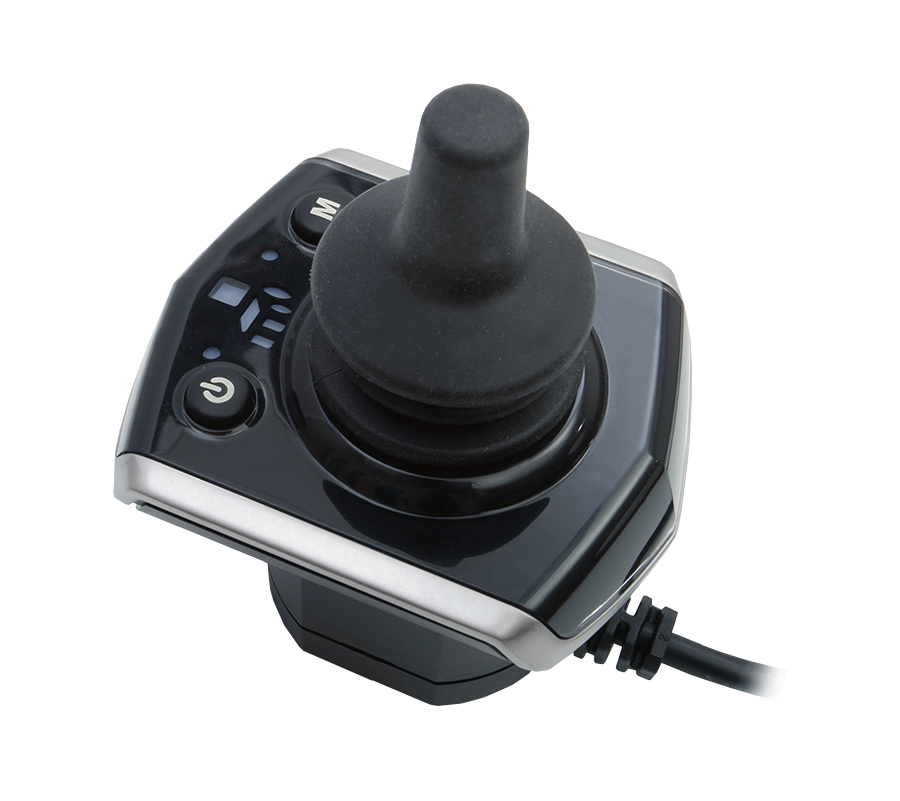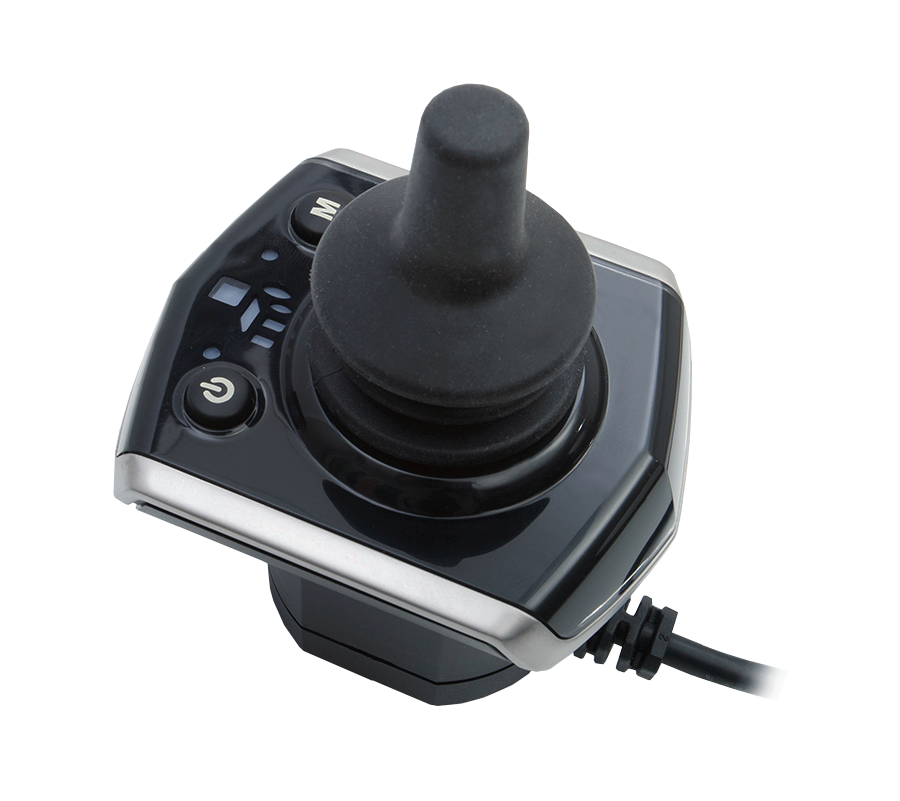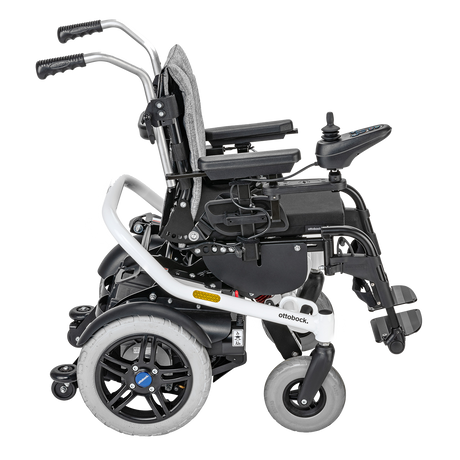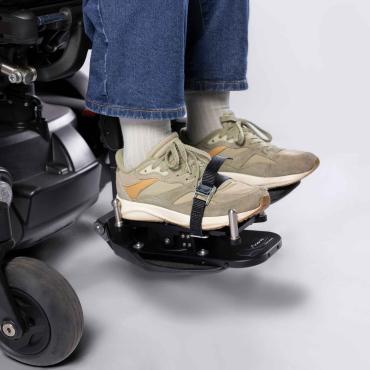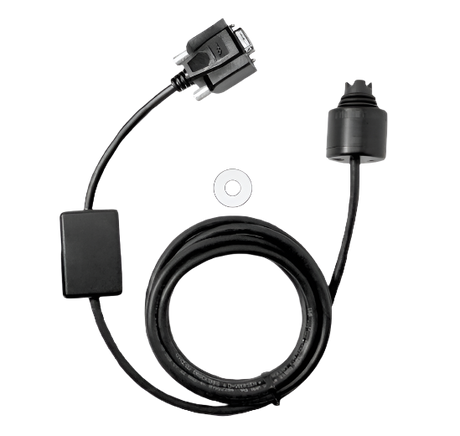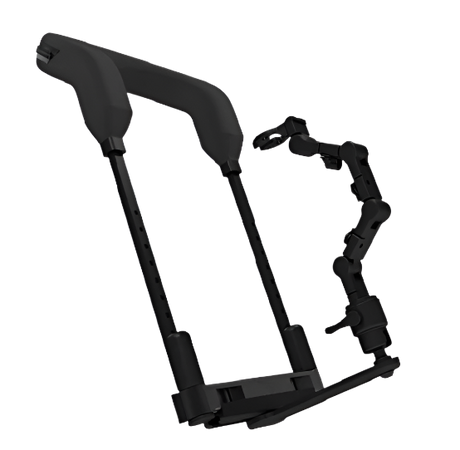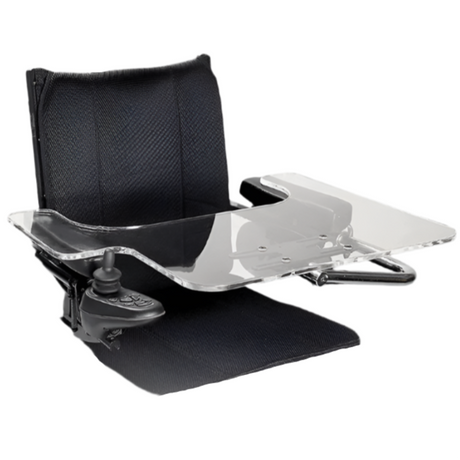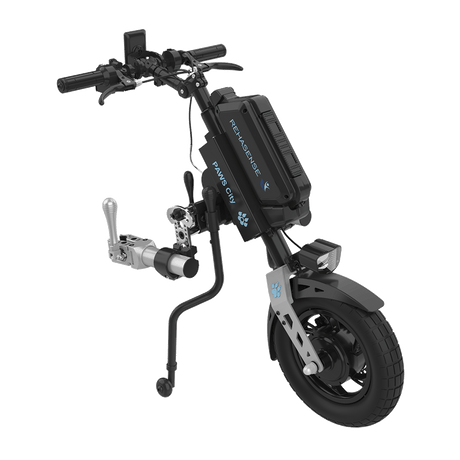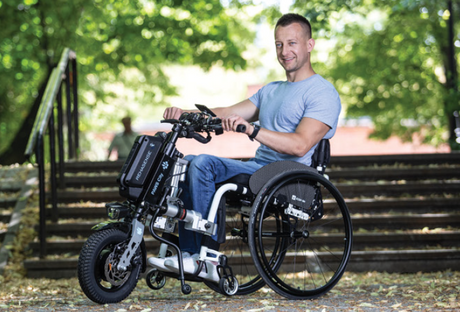Q-Logic Stand-Alone Joystick
The Q-Logic Standalone Joystick (Attendant Control Joystick) can be used on its own or with a Q-Logic Enhanced Display or hand control for full driving and seating control.
Easy Returns Policy
Easy Returns Policy
Worried an item might not be right? Return your purchase in as new condition within 14 days and we will happily exchange the item or provide a refund for the cost of the item including the original shipping fee. Click here to view all returns information.
Online Delivery Rates
Online Delivery Rates
NZ Retail Purchases
$9 NZD flat fee
Free for orders over $500 NZD
AU Retail Purchases
$30 NZD flat fee
Wholesale Purchases
Shipping will be calculated after your purchase and added to your invoice.
Online Delivery Times
Online Delivery Times
Deliveries placed during the week before 2pm*
New Zealand
Auckland: Usually the next day!
Rest of North Island: 2 days
South Island: Approx 3 - 4 days
Rural deliveries can take 1-2 days in addition to the above
Australia
Approx 10 - 15 days
*Approximate timeframes given. Please note that for out-of-stock items and orders placed after 2pm or over the weekend, the shipping timeframes above will apply from the day of dispatch from our warehouse.
Click here to view all delivery and shipping information.
Give Us Feedback
Give Us Feedback
We'd love to hear what you have to say. If you would like to send us some feedback about our website, available products, our team or anything else, please complete our Feedback Form.
If you have a spare minute, we'd also love you to leave us a Google Review.
Funding Information
Funding Information
Click below for information on funding for New Zealanders.
Am I Eligible for Funding?
Self Funding
Description
Description
The Q-Logic Standalone Joystick (SAJ) is a fully featured joystick module that can either be used by itself, allowing control and adjustment of all driving and seating profiles, or if a full colour display would be of benefit, in conjunction with Q-Logic Enhanced Display or standard hand-control.
Either way, the SAJ offers a host of mounting options, with the unique ability to have its electronic 'tail' rotated through 180-degrees to allow the best mounting position. The module also incorporates two 3.5 mm jack plugs on its underside for the fitment of auxiliary mode and/or on/off switches.
Specifications
Specifications
| Warranty | 1 Year |


